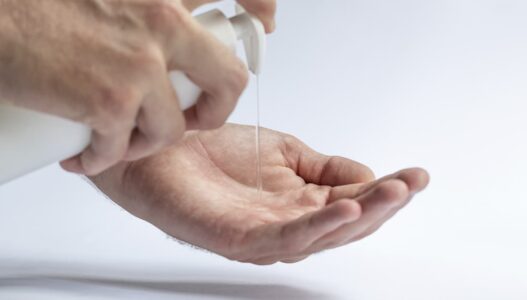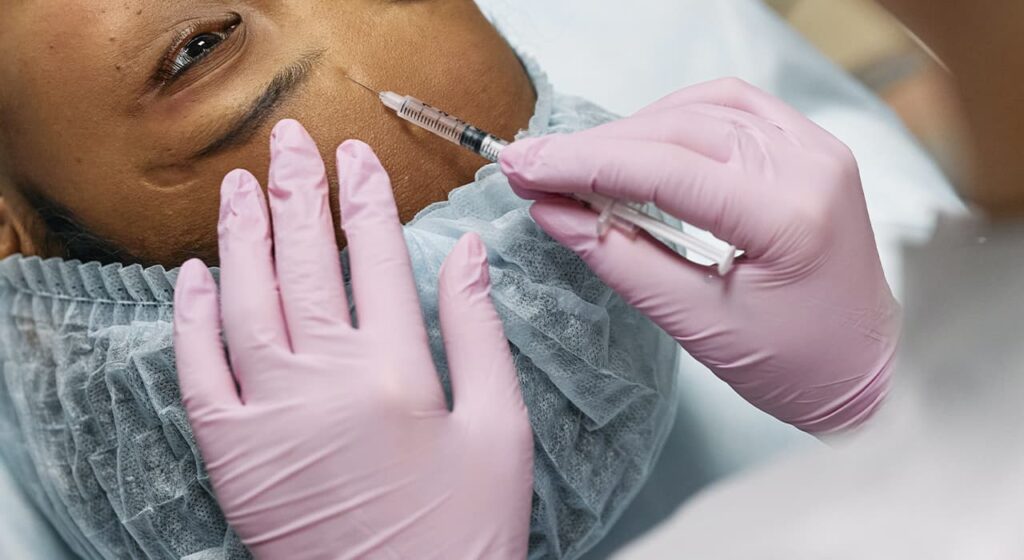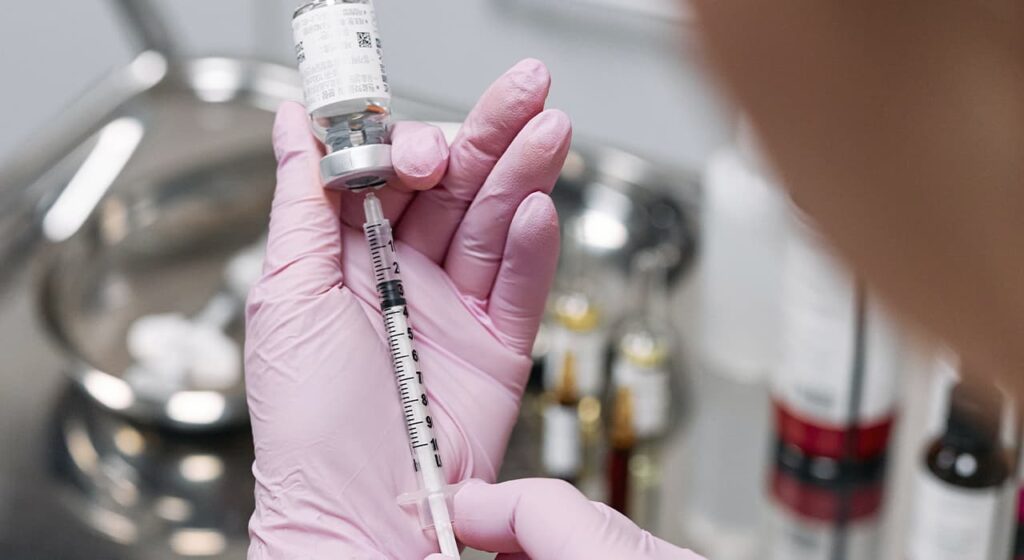Recently, antiseptic sprays in small bottles, usually 50-100 ml, have become popular. It would seem convenient to throw such a vial in a bag or backpack and always be able to quickly treat hands, door handle, desk or any other surface. However, the effectiveness of this method of disinfection raises questions.
How much antiseptic is needed on the palms of your hands?
The peer-reviewed international journal Journal of Epidemiology and Global Health published a scientific article back in 2012 titled “The dose of antiseptic needed for a single disinfection depends on the product: systematic error in comparative analysis using an indirect indicator.”
According to the studies conducted, the optimal effective dose for hand treatment is 3 ml of liquid. This amount of product is sufficient to cover the hands and wrists. Doses of 1.5 and 2 ml have also been studied with poorer results. Although this amount of liquid may be sufficient to cover a surface, it does not meet another important condition, namely the time required for a good hand treatment. The fact is that 1.5 and 2 ml of liquid form a thinner layer and evaporate faster than 3 ml, averaging 22 seconds. According to WHO recommendations, to effectively treat hands, the antiseptic should be rubbed in for at least 30 seconds.
A little math
Having mastered the theory, we can move on to practice. Usually manufacturers of liquid antiseptics put on the containers 50-100 ml button atomizers (dispensers). In order to apply the required 3 ml of liquid by hand with such a device, you need more than 27 “squeezes” and more than 10 seconds, while the drying time of alcoholic antiseptic applied in this manner is 3-4 seconds in 1.5-2 seconds. That is, even after satisfying the norm of 3 ml, the required time is not sustained. The solution to this problem can be antiseptic trigger sprayers (triggers), which dispense a larger amount of liquid in one squeeze. In this case, 3 ml are only three or four doses, which, in addition, do not have time to evaporate in 30 seconds. Usually such atomizers are used in containers of 500 ml, 1 l or more. But while 1 liter and larger containers are inconvenient to carry, the 500 ml volume allows you to take it with you. Accordingly, this type of atomizer and the volume of the bottle are the most suitable for the application.
All types of antiseptics differ only in the percentage of alcohol content.
The most popular nozzles on antiseptic containers are trigger sprayers and push-button sprayers.
The push-button atomizer (microspray) is similar to the trigger, but it performs only one of its functions (fine atomization). The size of this cap is significantly different and is much smaller than the trigger sprayer. The volume of sprayed substance is also much smaller.
Microsprayers are available in two types: screw-type and pressed
Trigger sprayers (sprayers) are a functional means of capping household chemicals and cosmetic products. Trigger sprayers have long been firmly established in the market for plastic bottle and bottle accessories. They are used for closing the packaging containers, dispensing the product in a certain volume and spraying it evenly in the form of a thin stream or spray (aerosol, providing the release of the contents of the package with air).
Initially, this type of spray pump was designed for household and industrial chemicals – furniture care products, detergents, automotive cosmetics, gardening and cleaning products.
But the ability of triggers to provide a uniform, fine dispersion of the product on the surface, gave a good opportunity for use in the cosmetics industry.
The quality requirements for sprayers used in the medical and cosmetic industry are high, because it is the tightness of this product that determines the preservation of the properties of the developed formulation of the drug.
Advantages of trigger sprayers
- Helps achieve maximum uniform distribution of disinfectant solution over the surface.
- Allows for economical dispensing of the disinfectant in a specific dosage, e.g. 0.25 ml; 0.5 ml.
- prevent the antiseptic from coming into contact with the air when in “off” mode.



